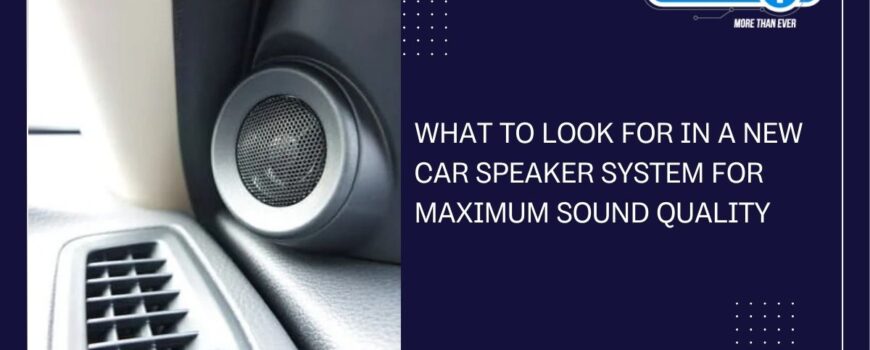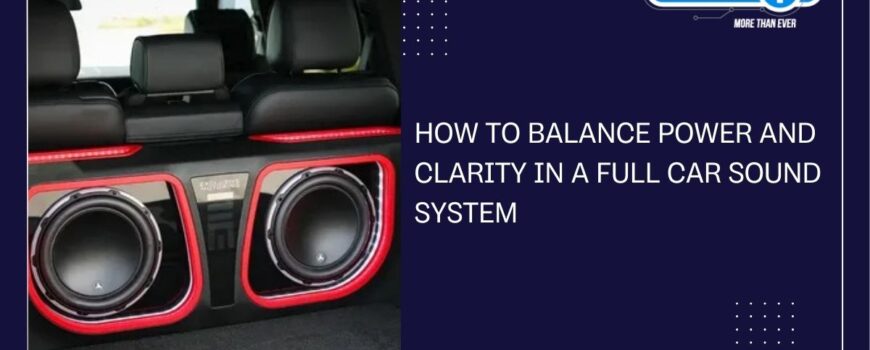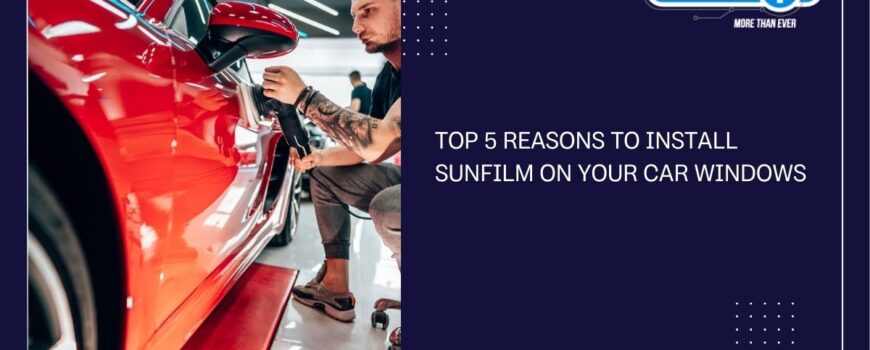Enhance your car’s audio with a new speaker system. Find tips on choosing the ideal type, size, installation for exceptional sound quality.


Enhance your car’s audio with a new speaker system. Find tips on choosing the ideal type, size, installation for exceptional sound quality.

Ensure your stereo system installation lasts with expert tips on maintenance. Clean components, secure connections, and enjoy high-quality sound for years to come

Upgrade your audio with the full sound system for cars! Discover tips on choosing speakers, balancing power and clarity, and finding top car audio deals near you.

Wondering how sunfilm in car can enhance your driving experience? Discover five key benefits, from reducing heat and UV exposure to improving privacy and safety!